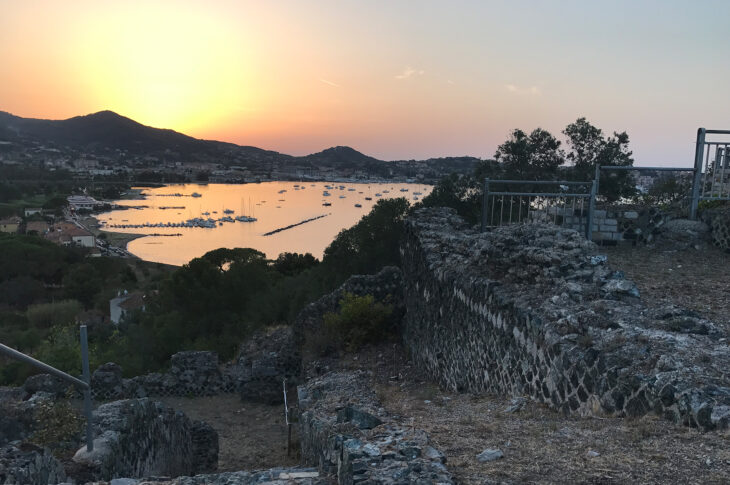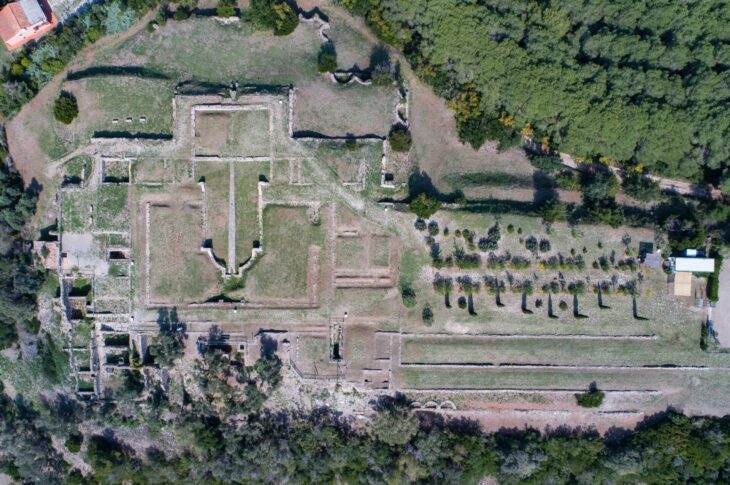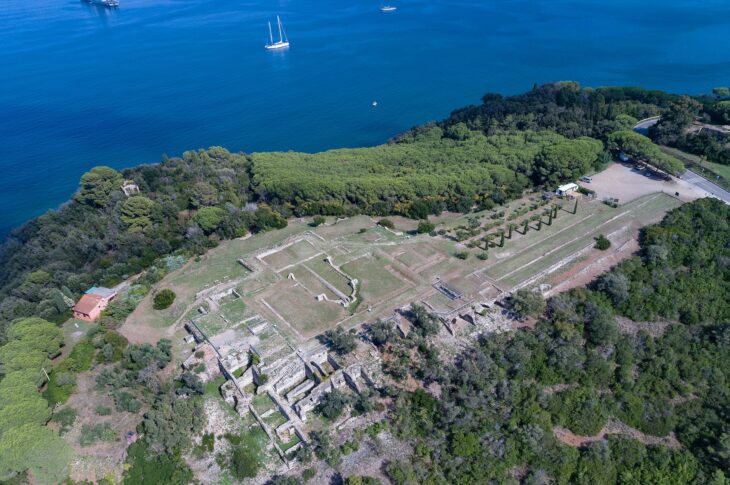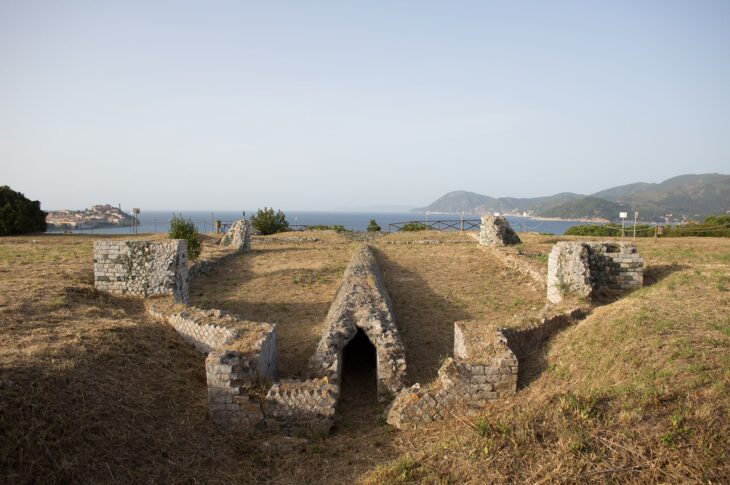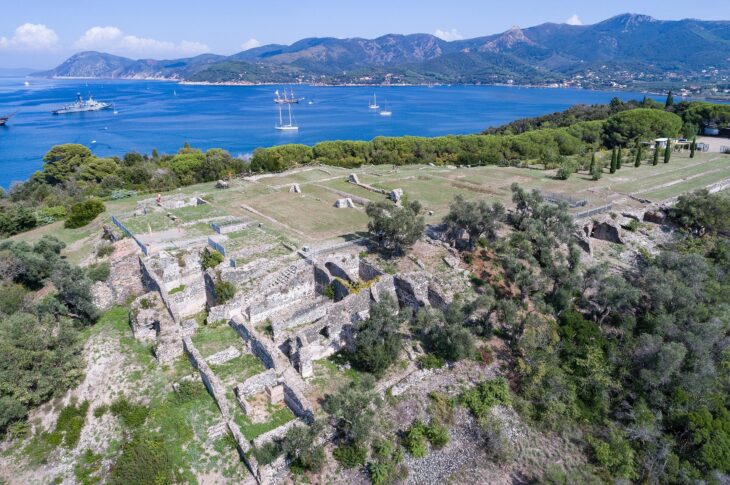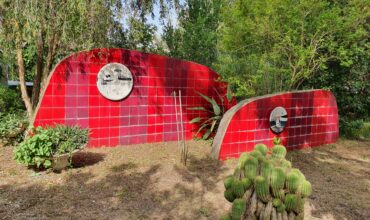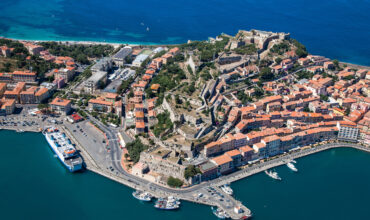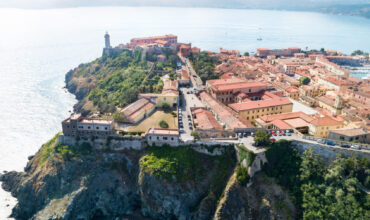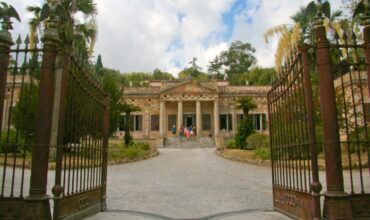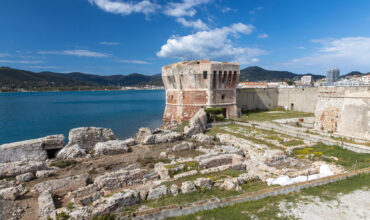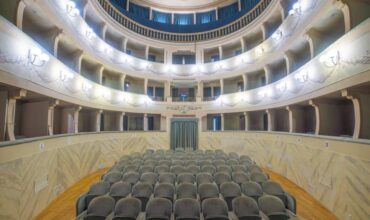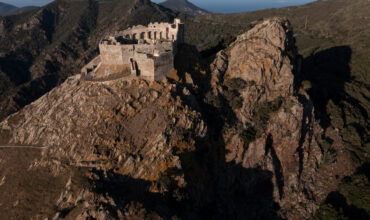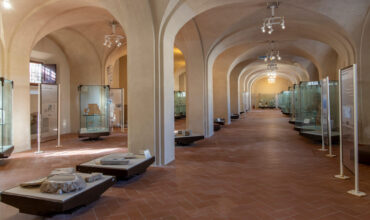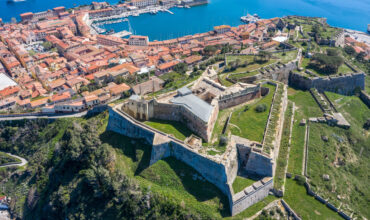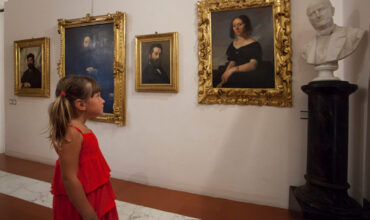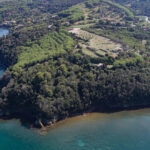Archeological Area
The Roman villa in Le Grotte
Orari
Open every day from April to October:
- Until 12 June: 10.00-12.00 and 16.00 - 18.00
- From 12/06 to 31/08: 9.30 to 11.30 and 18.00 - 20.00
During the rest of the year it can be visited by appointment.
Dove
SP26, Località Le Grotte
57037, Portoferraio, Isola d'Elba (LI)
Contatti
info@visitaportoferraio.com
Tel. +39 0565 1933589
An incredible archaeological area overlooking the Gulf of Portoferraio which, with its sumptuous terraces and crystal seas, allows visitors to imagine the opulence of a villa built for the wealthy aristocracy in the early Roman empire. The Villa in Le Grotte has been the subject of a long research project conducted by the University of Siena in collaboration with the Tuscan Archaeological Superintendency and the Municipality of Portoferraio, which has led to the creation of one of the most significant and exciting archaeological areas of the Tuscan Archipelago.
The monumental complex of Le Grotte dominates the stretch of sea between Populonia and Portoferraio, and stands opposite the Roman building known as La Linguella, on the other side of the bay. The first archaeological excavations on the hill (1960-1972) were carried out by Giorgio Monaco, an Inspector at the Superintendency of Antiquities for Etruria.
The building, constructed using the opus reticulatum technique, followed architectural plans for a complex made up of “block” units, arranged on two artificial terraces, all emerging from the surrounding territory. For many years it was interpreted as a luxurious maritime villa designed for the purposes of otium (private relaxation) for an important member of the senatorial elite. However, today the complex tells a different story, thanks to research conducted between 2019 and 2022 by the University of Siena.
The complex is the result of two distinct construction phases.
In the first phase (40-30 BC), coinciding with its initial construction, the building was closely connected to the storage and distribution of water. This was not only for watering crops and meeting the needs of the buildings on the plain below, but above all for supplying water for ships passing through this part of the Tyrrhenian. It was probably built at the same time as the construction of an aqueduct (the arches of which can be seen in many 18th-19th century pictures of the promontory).
At the end of the 1st century BC, a general restructuring of the area led to a change in the building’s purpose, and its end use. The interior areas connected to the provision of water were sealed off and filled in with earth, to raise the floor levels. They were then decorated with mosaic and opus sectile pavement floors. In the rooms to the north, built as a raised foundation for a building above it, and probably used as storage rooms in the first phase, a baths suite was built, along with a cistern for rainwater.
One of the most important archaeological sites of the whole archipelago, with an incredible view across the gulf of Portoferraio
The layout of the new rooms, and the sophistication of the decorations found here, show that, in this phase, we are looking at a private monumental complex, with formal rooms, gardens and pools with spectacular water features. Moreover, the presence of decorative motifs closely connected to the political propaganda of Emperor Augustus allows us to link the owners of this building directly to the Imperial household.
The building was abandoned at the end of the 1st century AD, perhaps as part of a specific plan, and with the most precious fixtures and fittings being stripped and relocated. This would explain the absence of valuable materials and decorative elements.
The floors and structures became damaged over the centuries due to agricultural work, but the most serious destructive event occurred when the area was used for military purposes. Indeed, between 1799 and 1802 Elba was the theatre of armed confrontation between the French on the one hand and the Grand Duchy of Tuscany on the other, supported by the British Navy. Many outer walls were demolished in order to set up a battery of siege cannons.
Since then, despite the damage caused by time, and above all by man, the remains of the complex of Le Grotte still stand majestically over the bay of Portoferraio, and await visitors in order to tell them of their centuries-old history.
Info
Tickets
SINGLE TICKET:
Full 5.00 €
Reduced 3.00 €
Cosmopolis Card:
(cumulative Forte Falcone/Fortresses, Pinacoteca, Teatro dei Vigilanti and Villa Romana delle Grotte)
- Full price € 20.00
- Reduced price € 15.00
- Family € 15.00 per person (minimum 3 people)
Free ticket:
- Children up to the age of 8;
- handicapped persons and one accompanying person;
- Residents of Portoferraio;
- Schools in the Portoferraio schools;
- tourist guides in the exercise of their professional activity;
- Journalists with membership cards;
- ICOM members
Reduced price:
- children aged between 9 and 18;
- groups and schools, min. 15 persons;
- university students holding a registration;
- Over 70,
- Holders of "Elba mobility pass" tickets of Autolinee Toscane;
- Holders of EdumuseiCard
Servizi
Visitors can book guided tours with archaeologists.
The archaeological park offers a wide range of activities based around the historical, cultural and naturalistic values of the Villa and the Rada di Portoferraio walk. These include workshops and lessons for school groups, excursions across the hill to the small village of San Giovanni, following the cultural route known as the "Cammino della Rada".
Accessibilità
The archaeological park has a reduced visiting route which is disabled-friendly, but it does not have any further disabled facilities.
How to get there
By car:
From Portoferraio take the provincial road to Porto Azzurro then turn left after about 5 km (be careful as you will reach the top of the hill after a long straight stretch of about 2 km) and you will reach a large clearing where you can park. Note that footwear suitable for rough terrain is required.
By Bus:
You can get to the archaeological site by bus, enjoying a 50% reduction on the entrance fee.
On Foot:
You can walk from San Giovanni along a section of the Cammino della Rada.
To Learn More
Bibliography
Nel 2019 nasce il progetto Dream LAND per dare nuova vita alla ricerca archeologica nell’Isola d’Elba, partendo da quello straordinario monumento archeologico rappresentato dalla Villa romana delle Grotte. Fine ultimo è la digitalizzazione delle informazioni di scavo e la trasformazione dei dati scientifici in prodotti per la fruizione collettiva:

